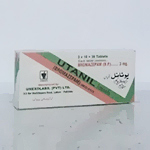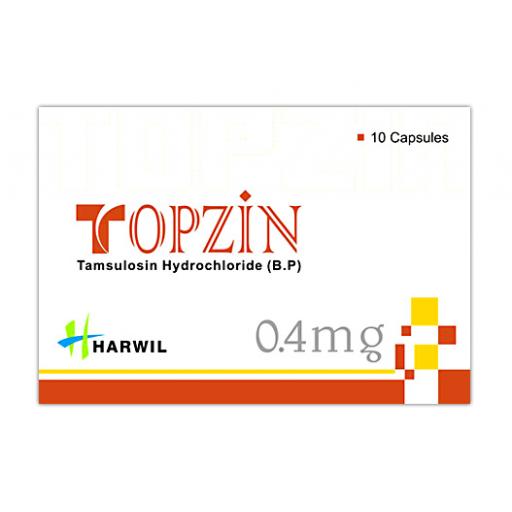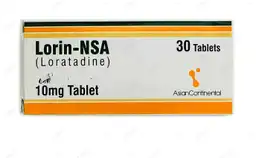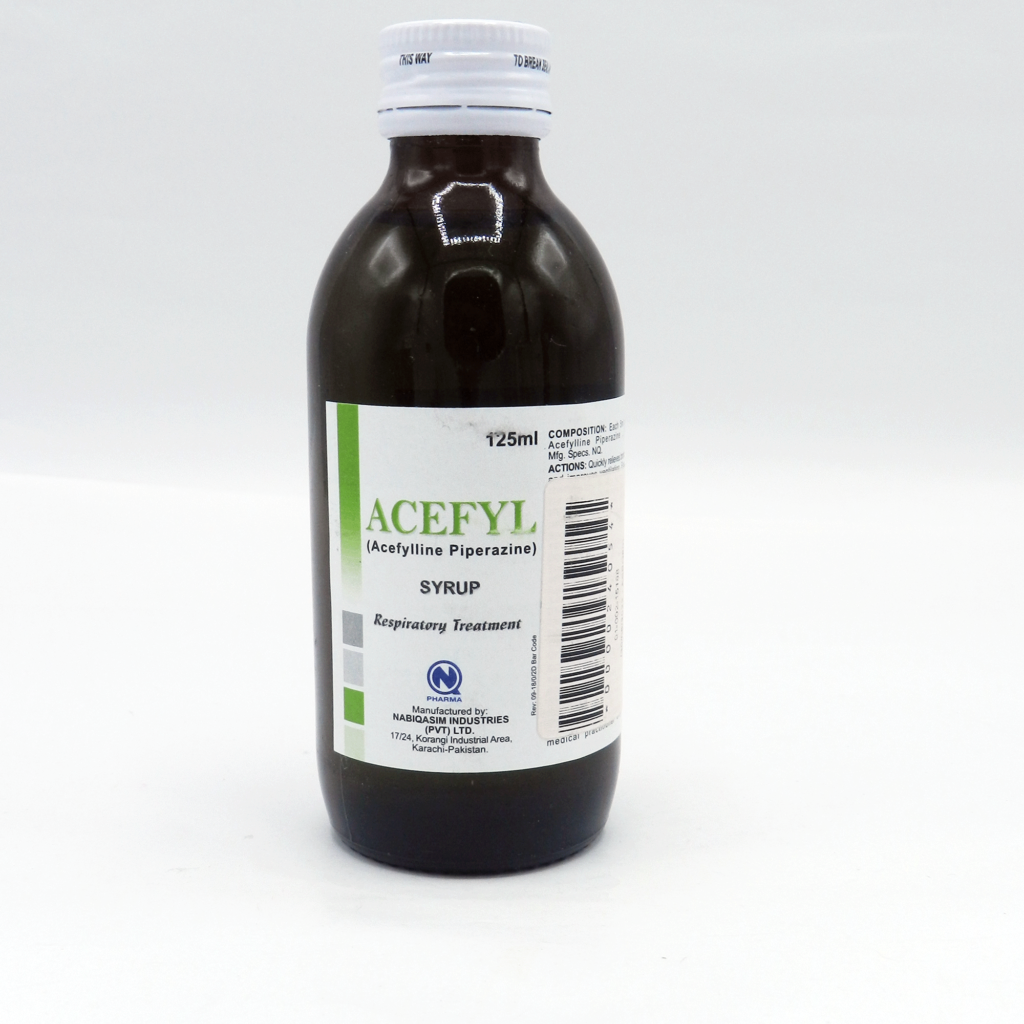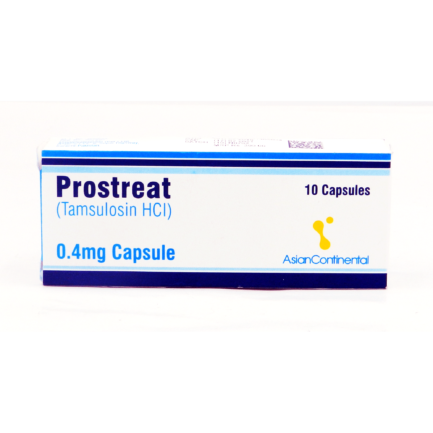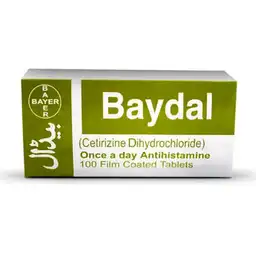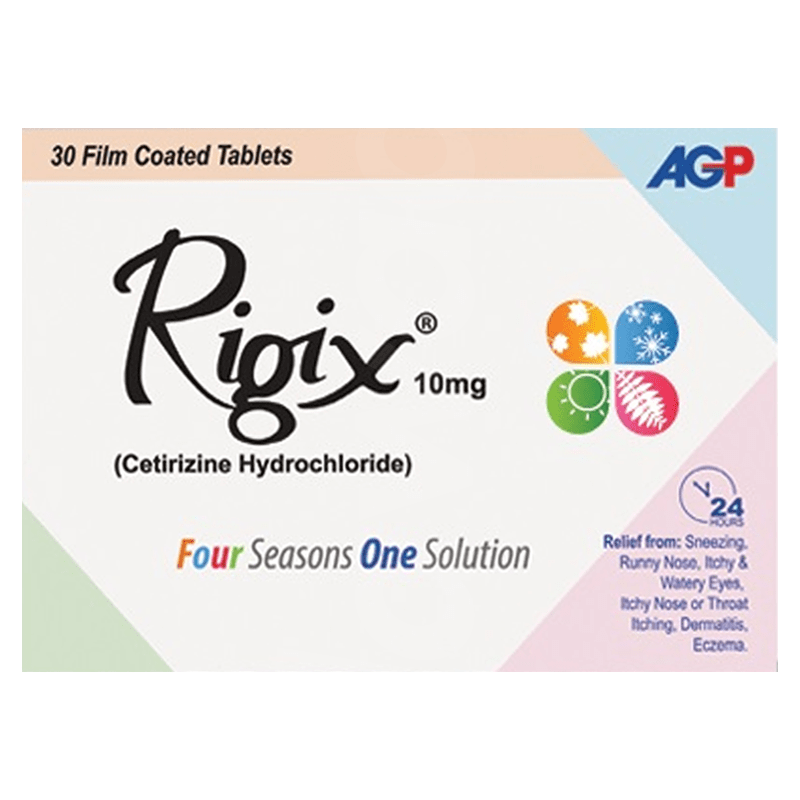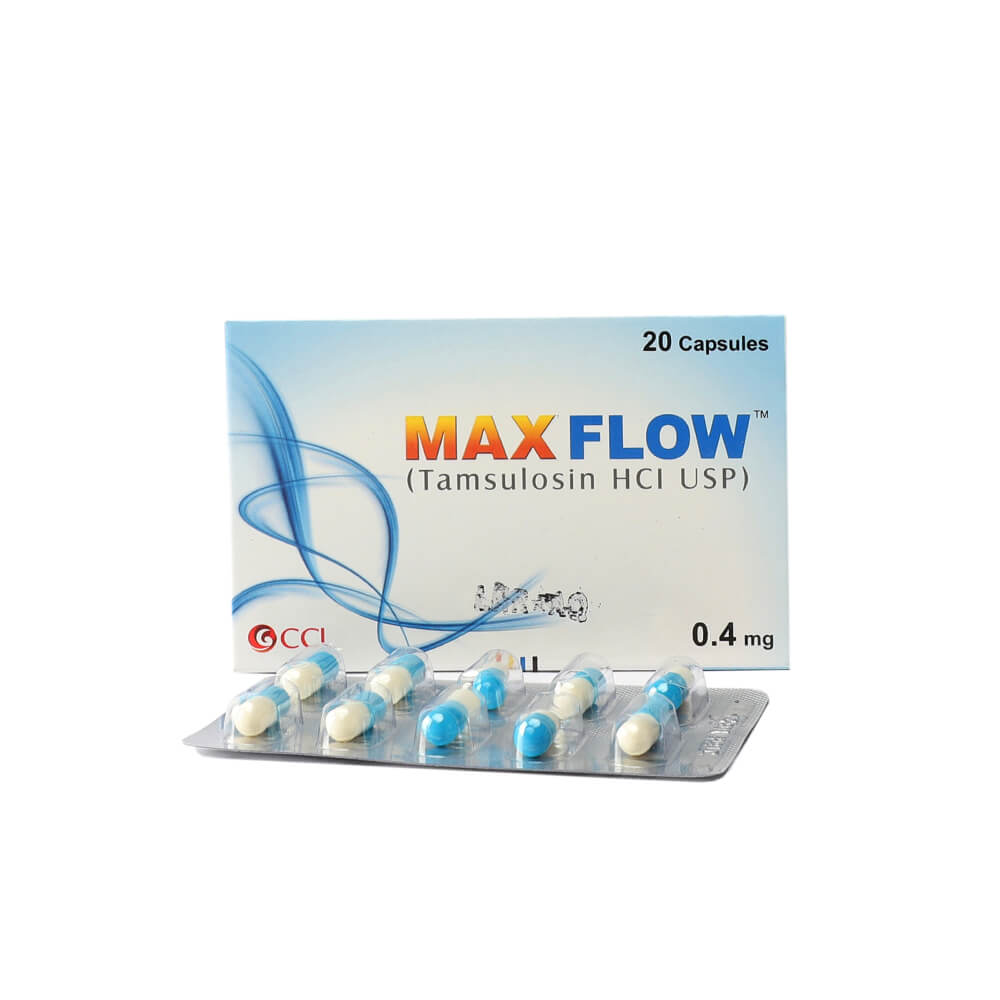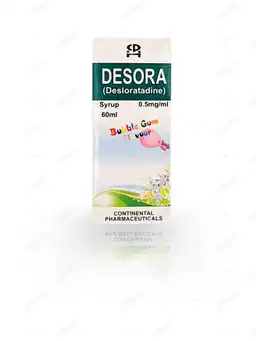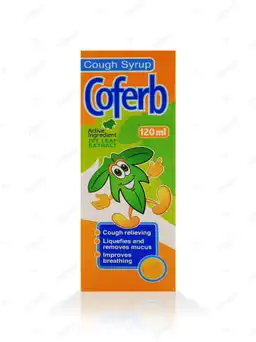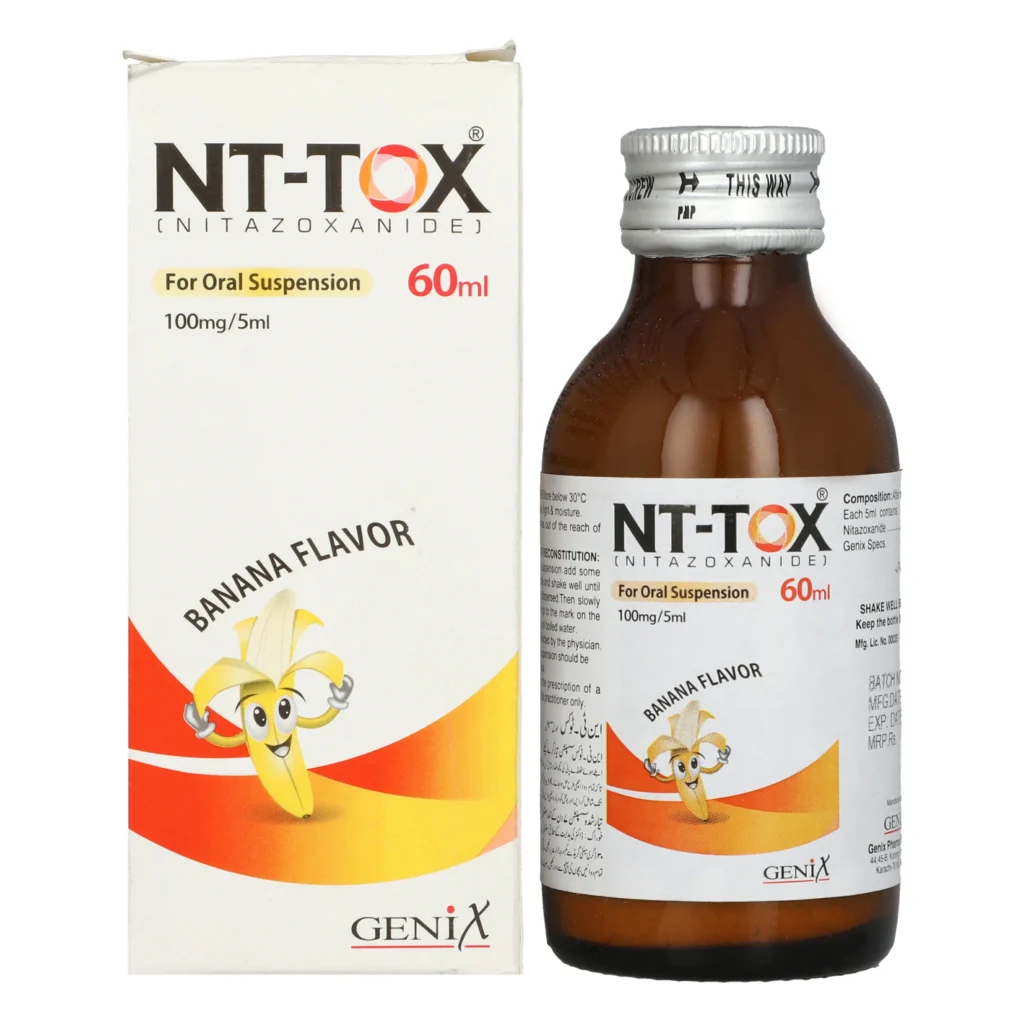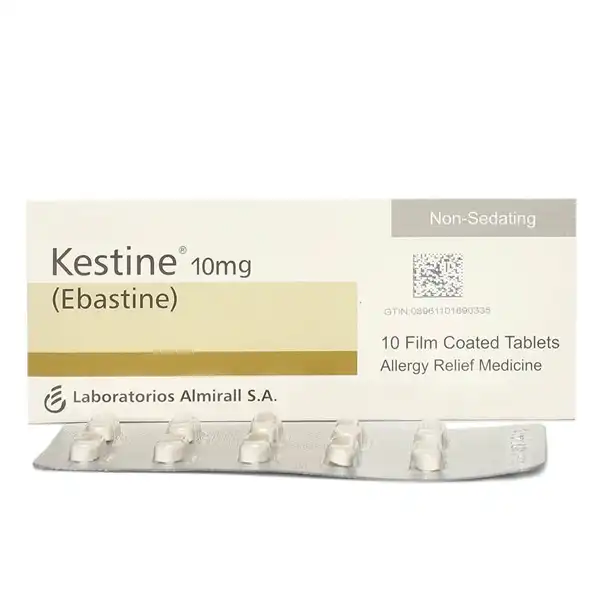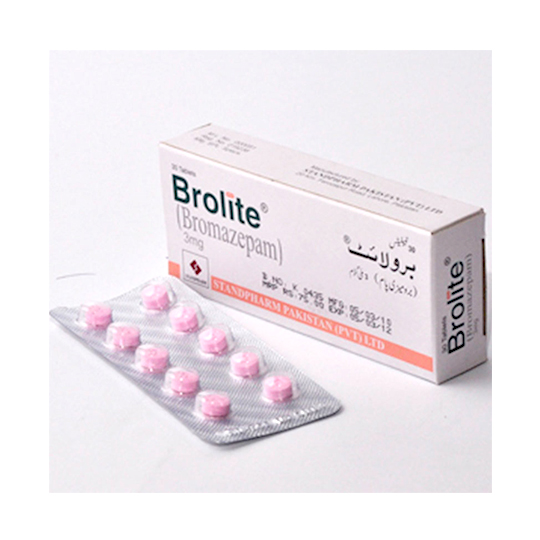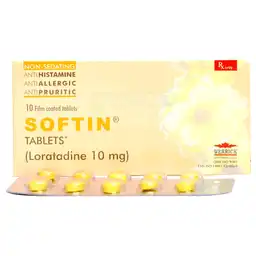Utanil Tablet 3mg: Uses, Side Effects, And Price In Pakistan
Overview: Utanil Tablet is a medication used to treat anxiety disorders. it contains Bromazepam and it belongs to the benzodiazepine class. It works by calming the nervous system activity, offering temporary relief from severe anxiety or panic attacks in adults. Before using it, we should know its uses, side effects, and precautions. Manufactured by: Unexo Labs (PVT) LTD. Ingredients: Bromazepam Dosage form: Tablets Utanil Tablet Uses Uses of Utanil Tablet are: It can help in reducing feelings of worry, nervousness, agitation, and restlessness associated with anxiety disorders like generalized anxiety disorder (GAD) and social anxiety disorder (SAD). In some cases, it might be prescribed as a pre-medication before minor surgical procedures to reduce anxiety experienced by the patient. Utanil Tablet Side Effects Central Nervous System (CNS) Depression: Drowsiness, fatigue, dizziness, lightheadedness, impaired coordination and balance, slurred speech, and difficulty concentrating are some of the most frequent side effects. These side effects may annoy you initially, but they improve when your body adjusts. Psychological Effects: Confusion, memory problems, difficulty thinking clearly, and paradoxical reactions (increased anxiety, and aggression) can occur in some individuals. Muscle problems: Muscle weakness, tremors, and incoordination are potential side effects, especially in older adults, and can increase the risk of falls. Respiratory Depression: In rare cases, Utanil Tablet can slow down your breathing, especially when combined with other depressants like alcohol or opioids. Visit the hospital immediately if you feel this problem because it is a serious side effect. Gastrointestinal Issues: Gastrointestinal Issues include nausea, Upset stomach constipation, or diarrhea can sometimes occur. Warnings: Inform your doctor: If you are suffering from mental health conditions (depression, bipolar disorder), respiratory problems, sleep apnea, liver or kidney disease, epilepsy, or a history of substance abuse. These conditions can influence how the Utanil Tablet affects you and may require adjustments in dosage or alternative medications. Pregnancy: It can cause birth defects and should be avoided during pregnancy. If you’re planning to get pregnant, talk to your doctor about alternative treatments for anxiety. Driving: It can cause drowsiness and dizziness, so you should avoid things that require mental alertness such as driving. Price in Pakistan: The price of this tablet in Pakistan is Rs 164. Disclaimer: This article is just for information purposes only. It is not medical advice, so consult a doctor for prescription.
Utanil Tablet 3mg: Uses, Side Effects, And Price In Pakistan Read More »
